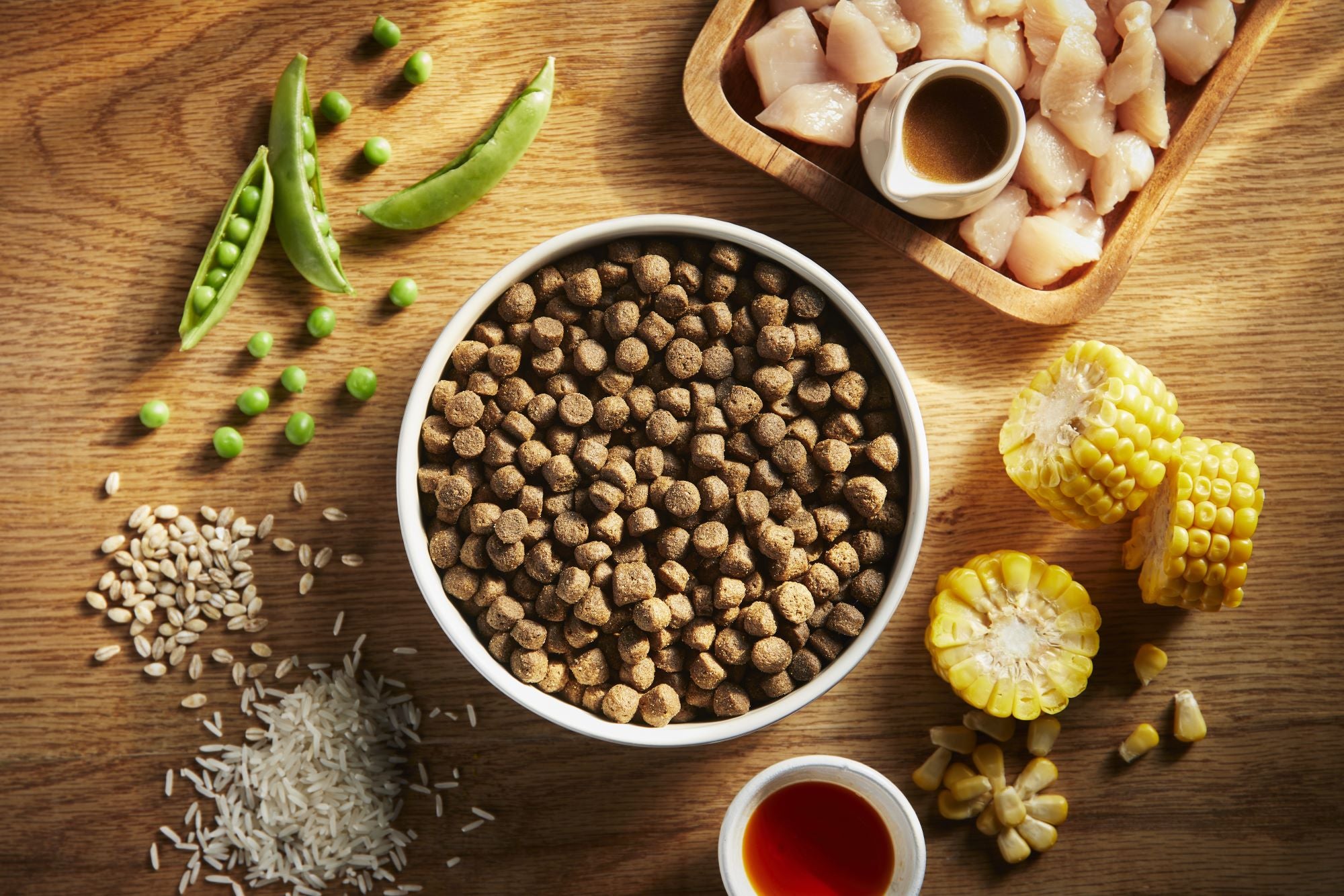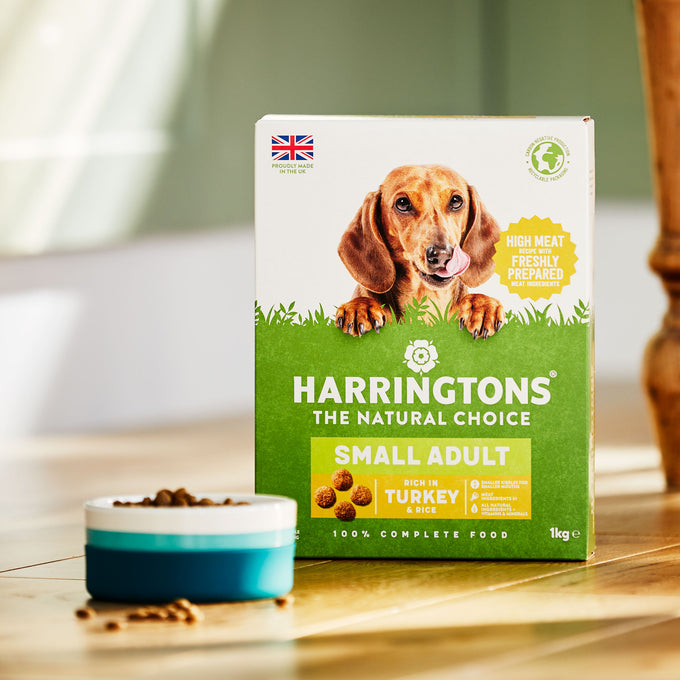As a pet owner, you want to ensure that your dog is getting the right amount of food to maintain a healthy weight and lifestyle. However, determining the right portion size for your dog can be a challenge, as it depends on various factors such as age, breed, activity level, and overall health. In this blog post, we'll provide tips on portion control and feeding schedules for dogs, to help you keep your furry friend healthy and happy.
At Harringtons, we believe that portion control is one of the most critical aspects of maintaining your dog's health. Overfeeding your dog can lead to obesity, which can cause a range of health problems such as joint pain, diabetes, and heart disease. On the other hand, underfeeding your dog can cause malnutrition and other health issues.
To determine the right portion size for your dog, you need to consider your dog's weight, age, breed, and activity level. You can find feeding guidelines on our packaging or on individual product pages on our website, but these are just general recommendations. You should use your own judgement to determine the correct amount of food needed for your dog.
A good rule of thumb is to feed your dog based on their ideal body weight, rather than their current weight. For instance, if your dog's ideal weight is 30 pounds, but they currently weigh 40 pounds, you should feed them based on their ideal weight to help them reach their healthy weight.
Another way to control your dog's portion size is to use a measuring cup to ensure that you're feeding them the right amount of food. It's also essential to adjust your dog's food intake as they age, as their nutritional requirements change over time. Puppies, for example, need more food than adult dogs, while senior dogs may need fewer calories to maintain their weight.
Feeding schedules are also important when it comes to portion control. Ideally, dogs should be fed smaller meals frequently, as the volume of food dog's need in one day would be too much in one go and feeding one meal per day could run the risk of a condition called bloat, which is life threatening. This approach of smaller meals more frequently allows your dog's body to digest their food properly and helps maintain their energy levels throughout the day, and often may mean less scavenging for food at other times of the day.
When it comes to the timing of meals, it's a good idea to feed your dog 30 minutes after exercise, rather than before. This approach helps your dog maintain their energy levels during exercise and prevents them from feeling lethargic after eating and avoids bloat.
We believe that feeding your dog high-quality, natural ingredients in the right amounts and at the right time is key to keeping them happy and healthy. By following these tips and using our feeding guidelines, you can help your furry friend maintain a healthy weight and an active lifestyle.

